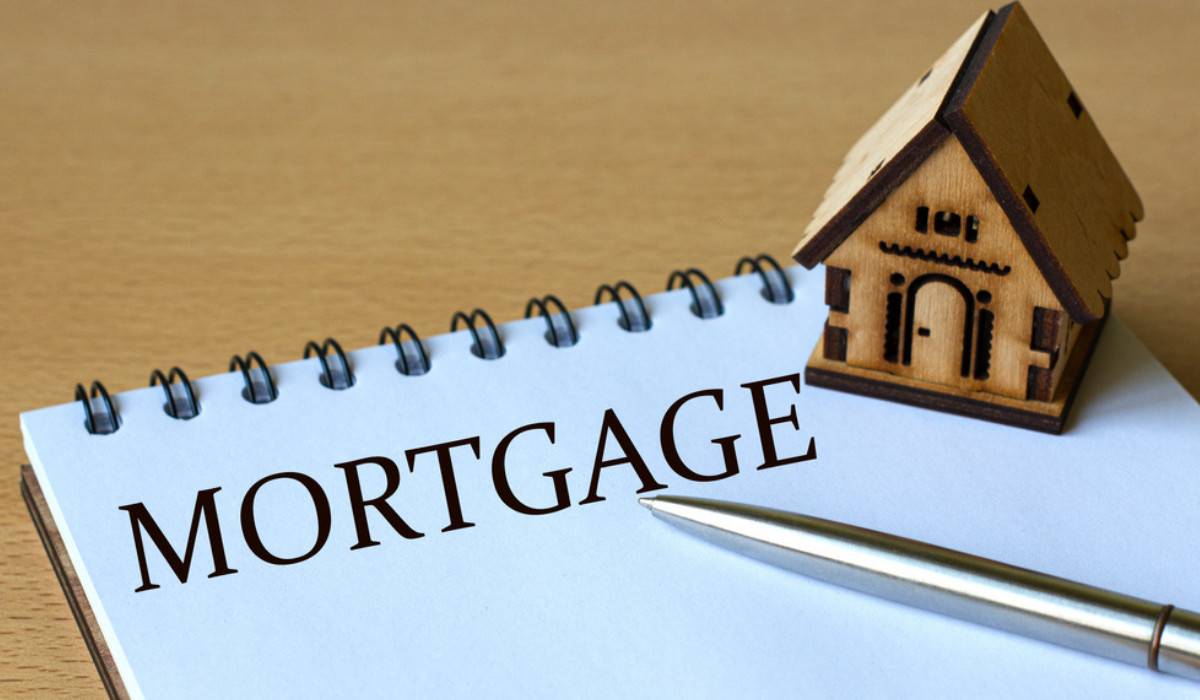Notes on Formalities and
Documentation: Memorandum of Deposit in Ghana and Africa
Introduction
A Memorandum of Deposit is a formal legal document used to
create a lien or security interest over an asset (such as land, shares, or
other valuable property) to secure a loan or debt. Unlike a traditional mortgage,
where full ownership may be transferred to the lender, a memorandum of deposit
typically allows the borrower to retain possession of the asset while offering
it as collateral. The memorandum outlines the terms and conditions under which
the asset is deposited as security for the debt and the rights of both the
depositor and the lender in the event of default. In Ghana and across many
African nations, the memorandum of deposit is used frequently in secured
lending transactions and serves as a critical tool in protecting the lender's
interest without transferring ownership of the asset.
Legal Framework for Memorandum of
Deposit in Ghana
- The Legal Basis of Memorandum of Deposit in
Ghana
The Borrowers and Lenders Act, 2020 (Act 1052), the Land Act, 2020 (Act 1036), and the Companies Act, 2019 (Act 992) provide the legal foundation for secured lending transactions in Ghana. These laws govern the rights and obligations of both the borrower (depositor) and the lender, especially in cases where the security interest is over immovable or movable property. The Land Title Registration Act, 1986 (PNDCL 152) and Deeds Registration Act, 1962 (Act 122) also apply when land or property is involved.
A memorandum of deposit typically falls within the category
of pledge and is an agreement that allows a lender to hold a claim
against a borrower’s assets without transferring full ownership. When land or
property is involved, the document will be recorded with the Lands
Commission or the Land Title Registry, depending on
the system governing the title of the property.
- Asset Types for Deposit
- Land: The most common asset used for a
memorandum of deposit is land, and it can either be real property or
movable property such as cars, equipment, or shares.
- Movable Property: Other forms of movable assets,
such as shares in a company, are also frequently used as collateral in
Ghana and across African countries.
- Negotiable Instruments: In some
cases, promissory notes, certificates of deposit, and other negotiable
instruments can be used as collateral under a memorandum of deposit.
Formalities and Requirements for a
Memorandum of Deposit in Ghana
- Written Agreement
A memorandum of deposit must be a written contract executed by both parties—the lender and the borrower (depositor). This written agreement must be clear and comprehensive, specifying all the necessary details related to the loan, security, and the rights and responsibilities of both parties. The memorandum of deposit typically includes the following elements: - Parties Involved: Full names, addresses, and other
identifying information about the lender and the borrower.
- Details of the Asset: A clear
and detailed description of the asset being deposited, such as the
property address, vehicle registration number, or identification of
shares.
- Loan Amount: The amount of the loan for which
the asset is being held as collateral.
- Terms and Conditions: The
specific terms of the loan, including the repayment schedule, interest
rate, and any penalties for non-compliance or default.
- Rights of the Parties: The
rights of both parties, especially the right of the lender to take
possession of the asset in the event of a default, and the borrower’s
right to retrieve the asset once the debt has been repaid.
This agreement is vital to ensuring that both parties understand
their obligations and the consequences of any failure to adhere to the terms.
- Possession of the Asset
In the case of a memorandum of deposit, the borrower generally retains physical possession of the asset but hands over control to the lender by granting them a right to sell or dispose of the asset in case of default. The lender may not have ownership of the asset, but they typically obtain an equitable interest or a right of action in the event of a breach.
The lender, however, may demand possession of the asset if
the borrower defaults on the repayment terms. In this case, the memorandum of
deposit must explicitly define the conditions under which the lender can take
possession of the asset, and any terms related to its safekeeping or sale.
- Signatures and Witnessing
The memorandum of deposit must be signed by both the lender and the borrower. It may also require the presence of one or more independent witnesses to authenticate the agreement and prevent disputes in the future. While witnessing is not always a statutory requirement, it serves as an additional layer of protection against claims of fraud or coercion. - Notarization
Though not always compulsory, notarization of a memorandum of deposit provides an extra level of authentication and reduces the risk of fraudulent claims. A notary public or a legal practitioner may be involved in witnessing the document and providing a notarial certificate, confirming the authenticity of the signatures and the voluntary nature of the agreement. - Stamp Duty and Registration
A memorandum of deposit may be subject to stamp duty under the Stamp Duty Act, 2005 (Act 689) in Ghana. This tax is typically calculated based on the value of the loan or the asset. The stamp duty serves as a form of legal validation of the agreement and is required before the document can be registered. - Land/Property: If the asset is land or immovable
property, the document will need to be submitted to the Lands
Commission for registration under either the Deeds
Registration or Land Title Registration system.
Registration makes the document enforceable in court and provides public
notice of the lender's interest in the property.
- Movable Assets: For movable assets, the
memorandum may be registered with relevant authorities, such as the Registrar
of Companies (if the asset is shares) or the Motor
Traffic and Transport Department (if the asset is a vehicle).
Content and Clauses of a
Memorandum of Deposit
- Recitals
The recitals explain the background and purpose of the agreement, clarifying why the borrower is depositing the asset as collateral. They generally include information on the loan’s purpose, the relationship between the parties, and the nature of the asset being deposited. - Deposit Provisions
The provisions of the memorandum of deposit include the following details: - Principal loan amount: The sum
of money being borrowed.
- Interest rate: The agreed-upon interest rate,
whether fixed or variable.
- Loan term: The length of time for which the
loan will be available, including repayment terms and schedule.
- Default provisions: Terms
detailing what happens if the borrower defaults, including the right of
the lender to take possession of the collateral and sell it to recover
the debt.
- Covenants
The memorandum will often contain covenants (promises) from both parties. Common covenants include: - Covenant of maintenance: The
borrower promises to maintain the value of the asset and not allow it to
deteriorate.
- Covenant of non-disposal: The
borrower agrees not to sell, transfer, or dispose of the asset without
the lender’s consent.
- Right to Foreclose
The lender typically reserves the right to sell the asset in the event of default. The terms under which the lender may take possession and sell the asset should be clearly outlined, including any notice requirements and conditions for public sale or auction. - Events of Default
The memorandum will specify the events that constitute a default, such as failure to make payments, insolvency, or breach of the covenants. It should also specify the remedies available to the lender, including taking legal action to repossess or sell the asset.
Memorandum of Deposit in Africa
- Legal Systems in Africa
The memorandum of deposit follows similar principles across many African countries, with some variations in legal procedures and practices. Countries like Nigeria, Kenya, and South Africa have specific laws governing secured transactions, but they all share the common concept of using collateral (whether movable or immovable) to secure loans. - In Nigeria, the Secured
Transactions in Movable Assets Act, 2017 governs the use of movable assets
for security, similar to the use of a memorandum of deposit.
- In Kenya, the Movable
Property Security Rights Act, 2017 and the Land
Registration Act, 2012 govern the use of both movable and
immovable property as collateral.
- In South Africa, the National
Credit Act, 2005 and the Credit Agreements Act, 1980 set out
the framework for secured lending and memorandums of deposit.
- Documentation Challenges in Africa
One of the significant challenges in many African countries is the lack of formal land title registration systems, particularly in rural areas where land may be governed by customary law. This makes the creation and enforcement of memorandums of deposit more difficult, as there is no clear or formal proof of ownership. Additionally, the lack of legal infrastructure in some countries may slow down the registration process. - Customary Law and Memorandum of Deposit
In many African countries, land is often governed by customary law, which may not always recognize the formal legal documents such as a memorandum of deposit. This can make it difficult for lenders to obtain valid security over land unless the customary system is formalized into the state system of land registration.
Conclusion
The memorandum of deposit serves as an
important legal document in Ghana and many African countries for securing loans
or debts. It offers flexibility for borrowers by allowing them to retain
possession of the asset while providing lenders with a form of security in the
event of default. However, challenges such as lack of formal land registration,
bureaucratic delays, and insufficient awareness of legal frameworks hinder its
effectiveness. Nonetheless, with proper documentation, registration, and
enforcement, the memorandum of deposit remains an essential tool in secured
lending transactions across Africa.


